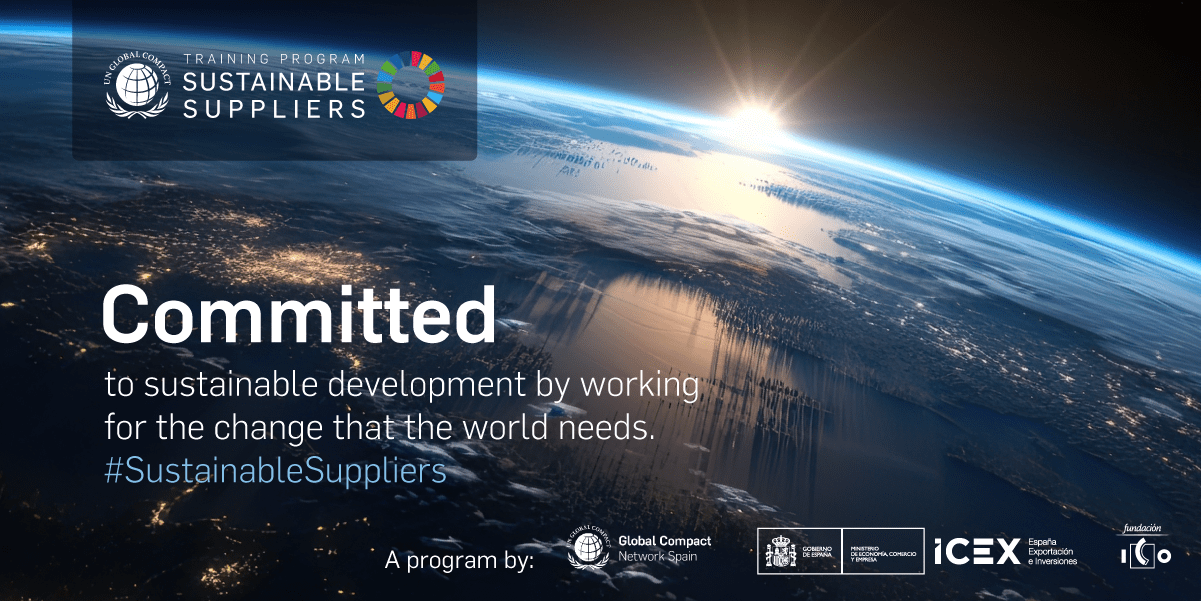In general terms, technology makes our lives easier, is convenient and brings us a level of wellbeing that we would never have imagined some decades ago. However, the results that a certain form of technology can provide us with are not always the best. In the past, present and future, human capacity will always be ahead of any technological innovation which tries to emulate the actions of a human being.
In this article, we are examining one of the aspects in which technology, despite its many attempts, has not been able to match the result achieved by human beings, and nor does it seem like it will be able to. We are referring to the translation of texts, which is a very precise process with a huge number of variables that technology cannot always interpret, leading to errors that a human translator would never make.
Machine translators
In the past few years, there have been many attempts to programme a machine translator as precisely as possible. The results have been more or less successful, but in most cases have been too literal and have failed to take into account many aspects of the text which a professional translator would render more comprehensible.
Perhaps the most popular example is Google translate. Without a doubt, it is a highly useful tool if we want to basically translate a text into another language in a way that provides a minimum level of understanding. However, if what we want is a translation that would enable us to use the translated text in a professional, legal or business setting, a translation from Google would not be of any use. We are already perfectly aware of the many errors of context and interpretation made by machine translators, something that is actually normal in such a complex process.
Wearable technology
In addition to machine translators, there are also other technologies created for translation. An example is wearable technology, where we see various examples of what we call “instant translators”. The concept in itself should make us question the result, given that carrying out an instant translation of a text is very complicated if we want a high-quality translation. One product that has considerable popularity is Ili, a small gadget that can be worn around the neck. Simply by saying any phrase to it, the device translates it into the language of our choice and repeats the phrase out loud. As you can see in the video, the result is effective and can be very appealing for travellers going to places where they don’t speak the language.
In the video we can see how ili allows natives in a certain place to understand us. Undoubtedly, this involves astonishing and exciting technology which is also very useful, but the resulting translation or interpretation is far from loyal to the original speech. Only a professional translator would take into consideration essential aspects such as context, formality, tone, volume and cadence, among other things, in addition to the grammatical aspects alone.
In conclusion, we can see that translations carried out by technology can offer us a level of convenience as we have already explored (we can translate a text basically and quickly via text or voice), but when it comes to translations to be used in important professional, legal or personal contexts (a medical certificate, a sworn statement, minutes of a meeting, etc.), we can only obtain a high-quality result by using a translation and interpretation agency with accredited professionals.
Photo: © cienpies




